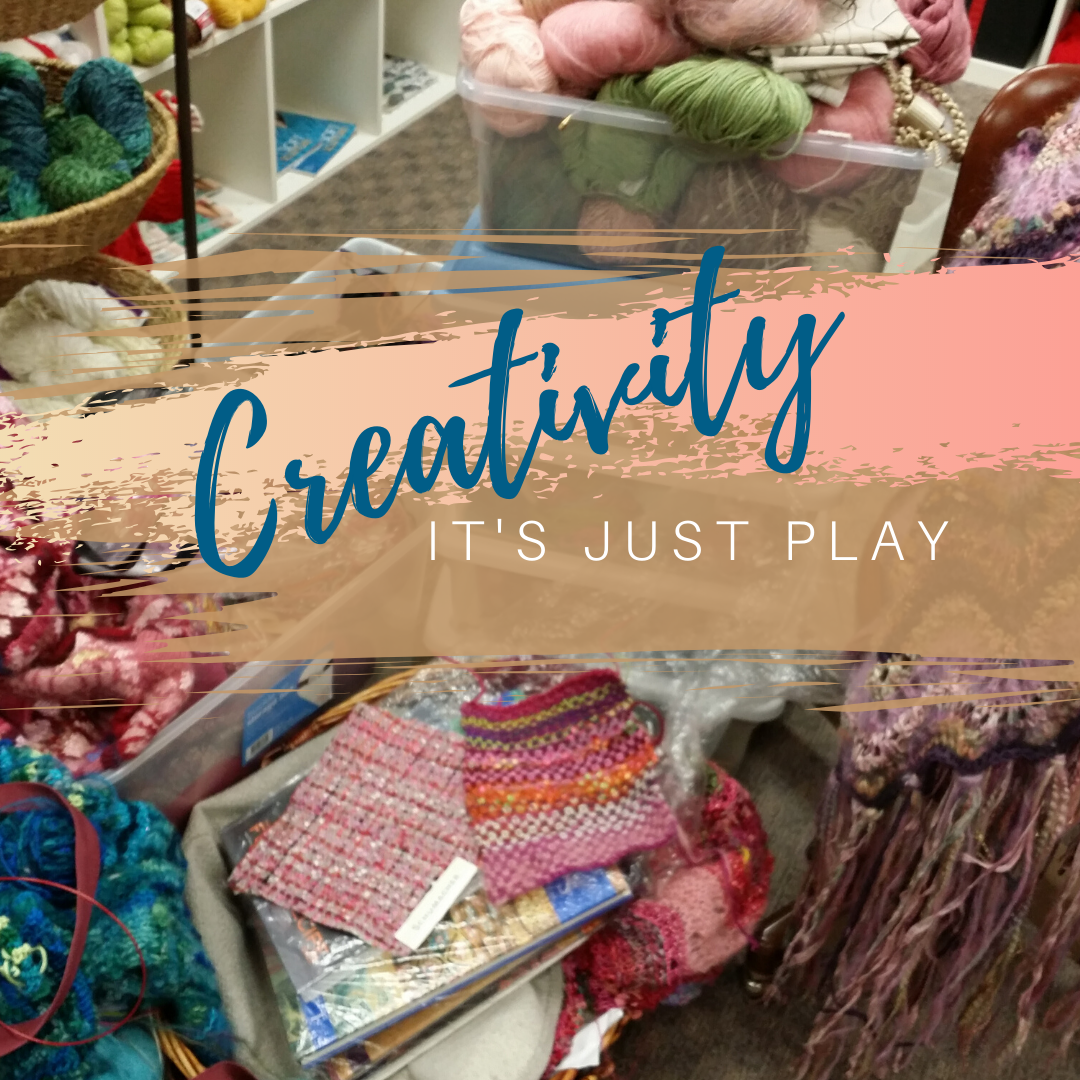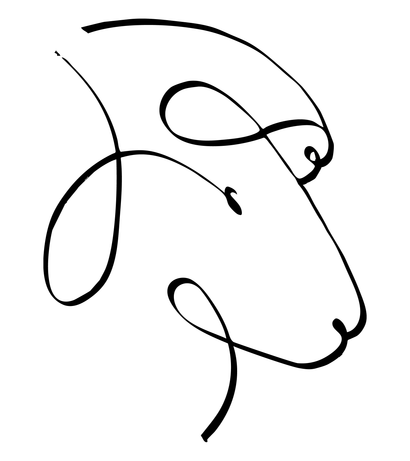Free shipping on all domestic orders over $150
Free shipping on all domestic orders over $150
Shop
Add description, images, menus and links to your mega menu
A column with no settings can be used as a spacer
Link to your collections, sales and even external links
Add up to five columns
Add description, images, menus and links to your mega menu
A column with no settings can be used as a spacer
Link to your collections, sales and even external links
Add up to five columns

Creativity is just play
January 20, 2020 3 min read 2 Comments
I just finished reading The Starless Sea, by Erin Morgenstern. It was a little crazy, and a little confusing, but rich and full with lush romantic imagery. I thoroughly enjoyed it. Some stories began and ended. Others cropped up out of nowhere. Characters and themes moved between the stories, all tied together with bees and crowns and keys and owls. As I said, a little confusing, so I creeped on the author and came across a review of the book by someone from Harvard. Certainly, they know their stuff at Harvard, right? What did he think? Well... he hated it. No plot line, no character development, no dramatic tension, and so on. He cited an offending piece of prose, appalled that editors had not slashed this poorly constructed sentence. Okay then.
I get it. I can totally see his point. There are both expectations and rules for literature, and this book followed exactly none of them. It is completely non-linear. Everything the reviewer said about it is probably true. So why did none of it bother me? I am an English major, after all, and fairly particular about language and literature, but I loved it. Why?
I started thinking about it from the standpoint of knitting, because of course I did. This book is like a collection of beautiful swatches. Its imaginative candlelit world beneath the world, full of honey and stories and doors and keys, is like a visit to a knitting designer's studio. Say, Kaffe Fassett or Melanie Berg, or Hunter Hammersen. Imagine baskets of yarn, piles of swatches, and work, both finished and in process everywhere you look. It is a fiber-y collection of ideas rendered in texture and pattern. It is an exploration of color and combination. It is overwhelming, and confusing, and utterly mesmerizing. This is an artist's world.
Some knitters are aghast at how many starts an artist makes and how many projects are abandoned. "How could you start something and just not finish it?" But that is exactly what artists do. That's part of what makes them artists. Each swatch is a tiny sketch--an inspiration to capture. Maybe it's set aside for further consideration later on. Maybe it becomes a full scale design. I know that I do the same in my writing - I'll have an idea and jot down a few notes to maybe expand later on. Or not. But the inspiration is captured, and it rolls around in my head for a while until I have a place for it in the newsletter or somewhere else. It's okay. Creativity, is not linear.
Most of us are not knitting designers, nor do we aspire to be, but there's lots of room for creativity in our knitting. How often do we see a design and choose the identical colors for our project? I get it. It can be scary to wander off the path. There's a sense that somehow the designer knows better than we do and has made the perfect selection and any other choice is suboptimal. But that's not true. This is a perfect baby step toward exercising our own creativity. Commit to not using the color shown. Pull a favorite color instead. Here's another idea. Play with your materials. Grab that lovely yarn and just start swatching. How does it look at different gauges? In different stitch patterns? It's amazing to see how a variegated yarn responds to seed stitch. Is it better in reverse stockinette? There's so much to learn from trying all the things. Will there be things we hate? Of course, but that's okay. It's part of the creative process. And who knows, you may come up with something amazing. Hunter Hammersen invented Curls just by working a small swatch and increasing as she went. Such an imaginative breakthrough from playing with swatches! The key is to have no expectation - nothing can go wrong, because there is no right or wrong way to be creative. Give it a go, and let me know what you think.
I look forward to seeing you in the shop and around the table. You are always welcome here. ~Ellen
2 Responses
Helen Bell
January 21, 2020
Really good article, Ellen. Right to the heart of creativity from my viewpoint.


Ann
January 21, 2020
I’ll enjoy keeping this essay in my mind as I go about my chores and knitting today! Thanks, Ellen.